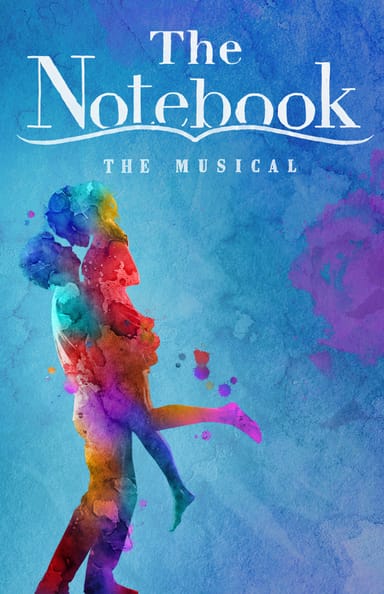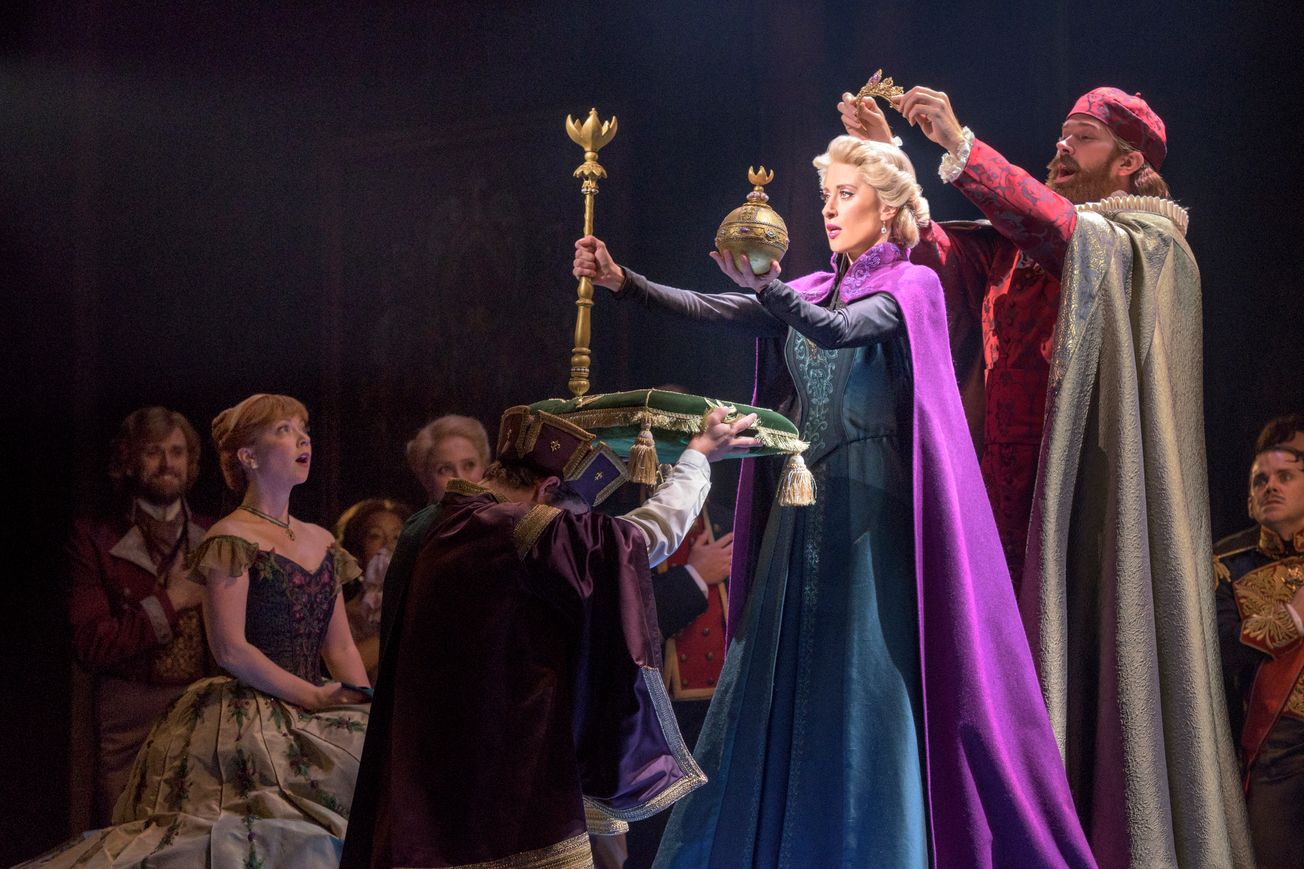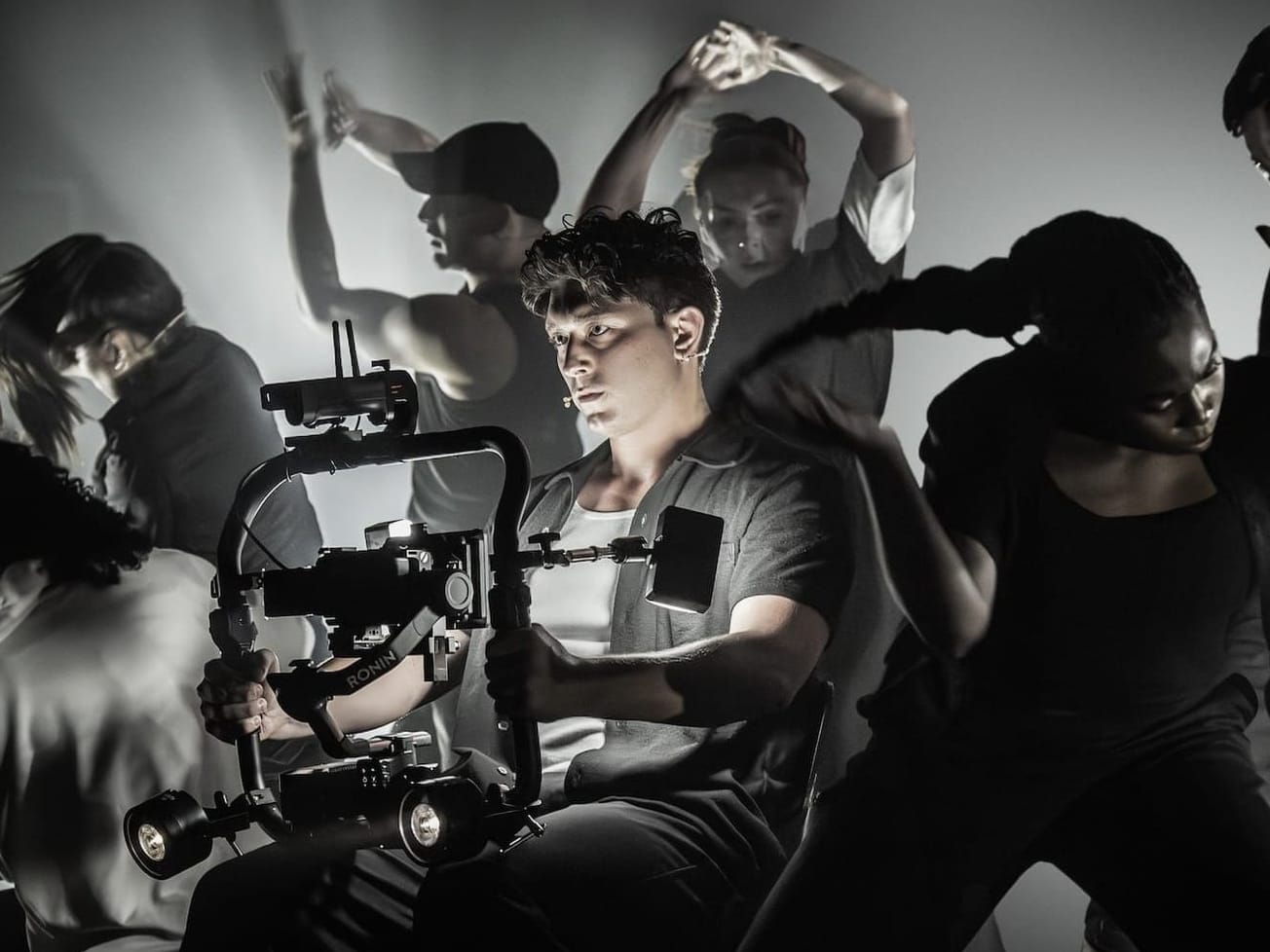Reviews never bothered Disney anyway.
Though “Frozen” received mixed reviews from critics, the show has maintained a popular resonance that translated into a record-breaking advance of $62.65 million as of opening night and millions of views to its videos on social media. The goal is to lean into that appeal and convert those online consumers into ticket buyers for shows in 2019, thus setting up “Frozen” for a long run.
The show’s sales numbers, which were viewed by Broadway News, top the reported advance of “Hello, Dolly!”, with sales of more than $40 million before its first performance, and that of “Hamilton,” which was reported to have $32 million.
Leading up to the Broadway opening, Disney saw sales momentum coming from the strength of the title and its own brand, as well interest from the secondary market and groups, said Andrew Flatt, senior vice president of strategy, marketing and revenue at Disney Theatrical. Flatt declined to comment on the show’s exact advance.
Along the way, Disney has been feeding the fire by releasing videos on social media, in a marketing campaign which Flatt said is meant to differentiate the show from the movie. But it also serves as a way to reach a mainstream audience outside of critical reviews.
The marketing team has released 12 videos thus far, which had attracted a cumulative total of close to 26 million views across Facebook, YouTube and Instagram as of late March. The most popular video, which was a trailer for the show’s Broadway debut, brought in close to 14 million views in six days.
Thus far the show has seen that enthusiasm reflected in its sales, as “Frozen” has twice broken the box office record at the St. James Theatre since it opened. Among a broader industry slump, sales fell last week, but the show still brought in $1.75 million with 94% attendance.
The average ticket price for “Frozen” was $138.98 as of the week ended April 15, compared to $106.38 on “Aladdin” and $157.62 on “The Lion King.”
Like other Broadway shows, Disney looks at fluctuations in its advance to determine ticket pricing, Flatt said. However, Disney also has the benefit of data from its past shows, as well as insights on consumer buying behavior across other Disney properties outside of Broadway.
“We were able to look not just at ‘Aladdin’ and ‘Lion King,’ but also we did take a look at ‘Mary Poppins’ as well,” Flatt said. “It informed all of our initial pricing strategy.”
The idea with all of its shows is to set a price point that the “markets will bear,” in order to build the show for a long haul, rather than charging higher ticket prices. The show is still able to reach box office records thanks to high attendance and by fluctuating the number of premium seats in the house nightly, typically with fewer premium prices on weeknights, Flatt said.
Leading up to the show, the marketing team has been tracking visitors who visit any Disney websites so that they can target them with ads for “Frozen.” They have just started targeting viewers of the video content with ads for the show.
Additionally, Disney can call upon its lists of past Broadway buyers for Disney shows, lists of general Disney consumers and Jujamcyn ticket buyers for direct email campaigns, and more recently for physical direct mailers.
Because “Frozen” is a new Broadway show, the audience thus far has consisted of a majority of frequent theatergoers, with Disney as “an overlay,” Flatt said.
On weekend matinees, the audience at “Frozen” appears to skew a bit younger than the rest of Broadway. However, based on anecdotal evidence — Disney has just begun surveying the audience — weeknights at “Frozen” are in line with the overall attendance at “Lion King” and “Aladdin,” where less than 10% of the house is made up of children ages 12 and under.
And though the three titles may be considered family properties, thus attracting parents and their children, Disney generally does not see ticket purchases made for multiple family members.
“Our ticket purchases on average tend to be somewhere around 2.8 tickets per transaction, so it’s a little bit more than a pair. But not considerably,” Flatt said.
In the near future, the “Frozen” team will be concentrating on helping the secondary market sell its remaining summer inventory, through advertisements for the show. (“When they sell their seats, it helps me sell my seats into the future,” Flatt said.)
The team is also marketing its second block of primary ticket sales, with an eye on September and October, but largely focusing on 2019.


























































